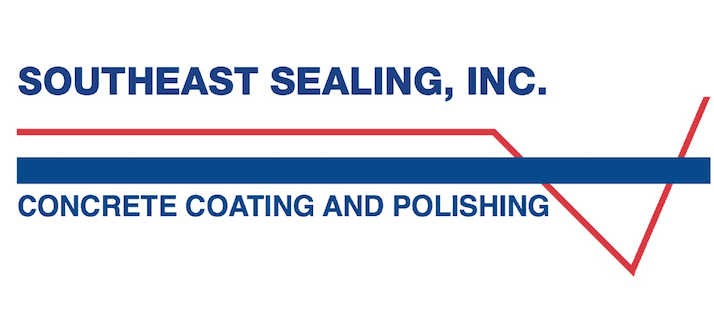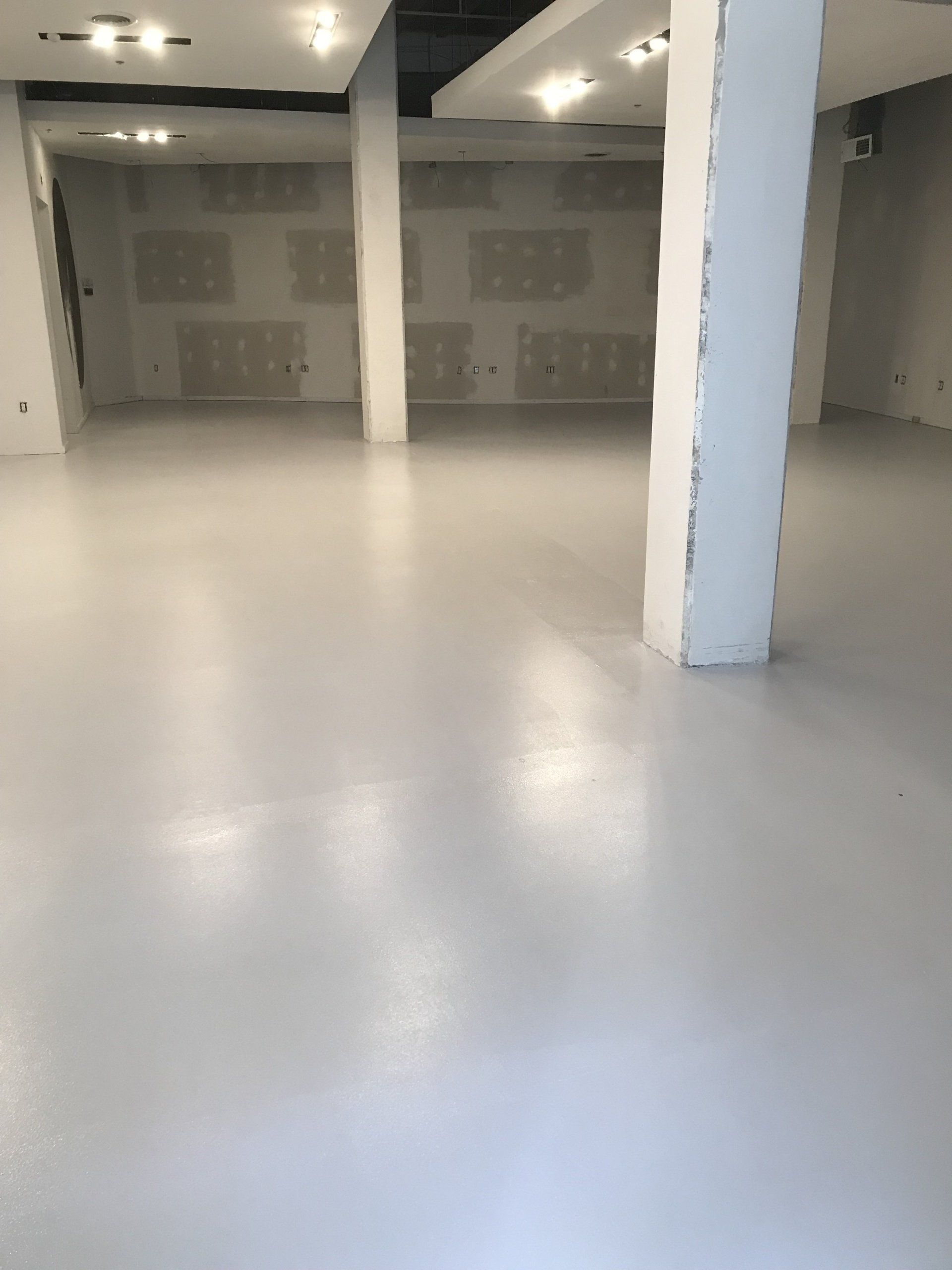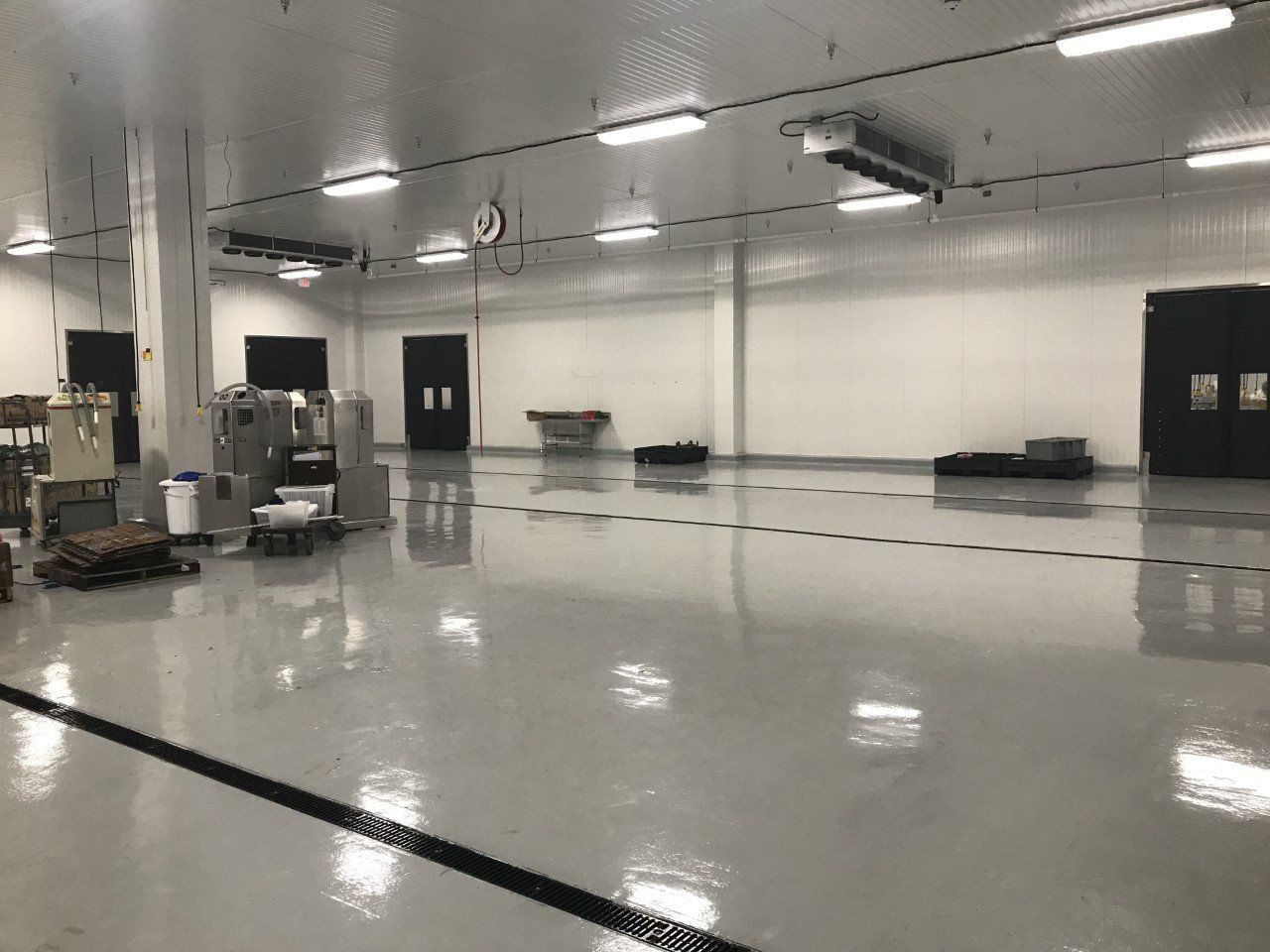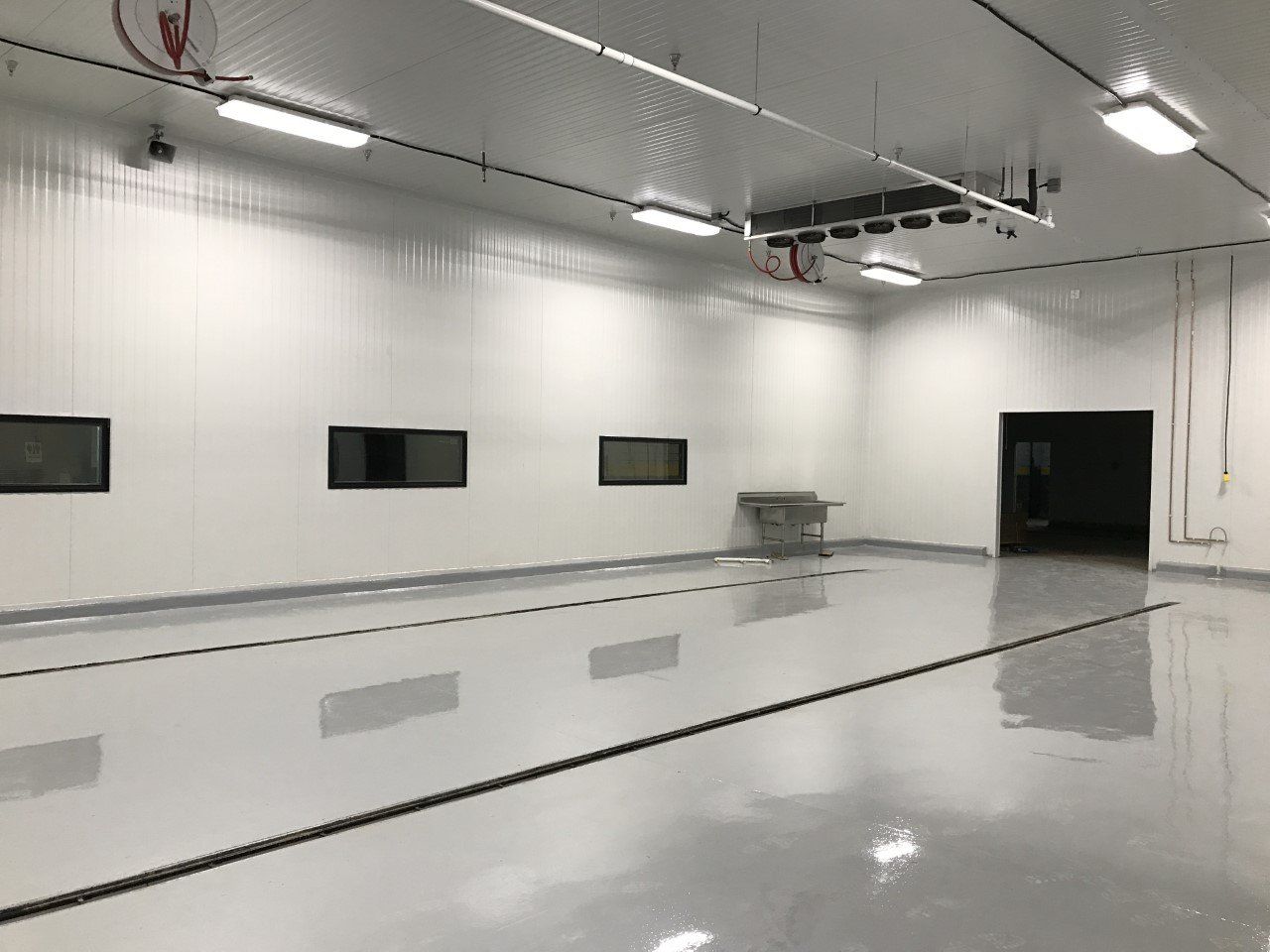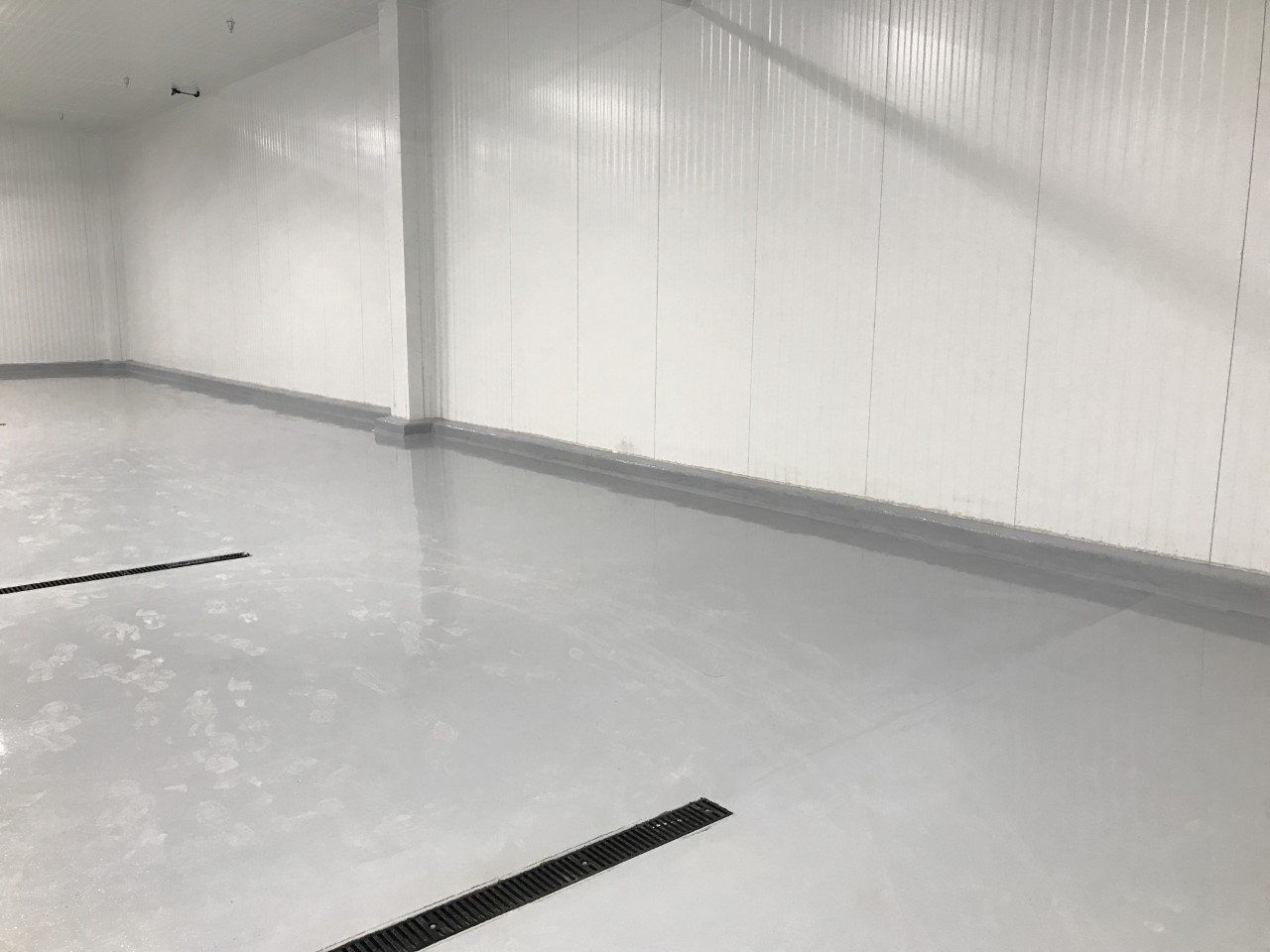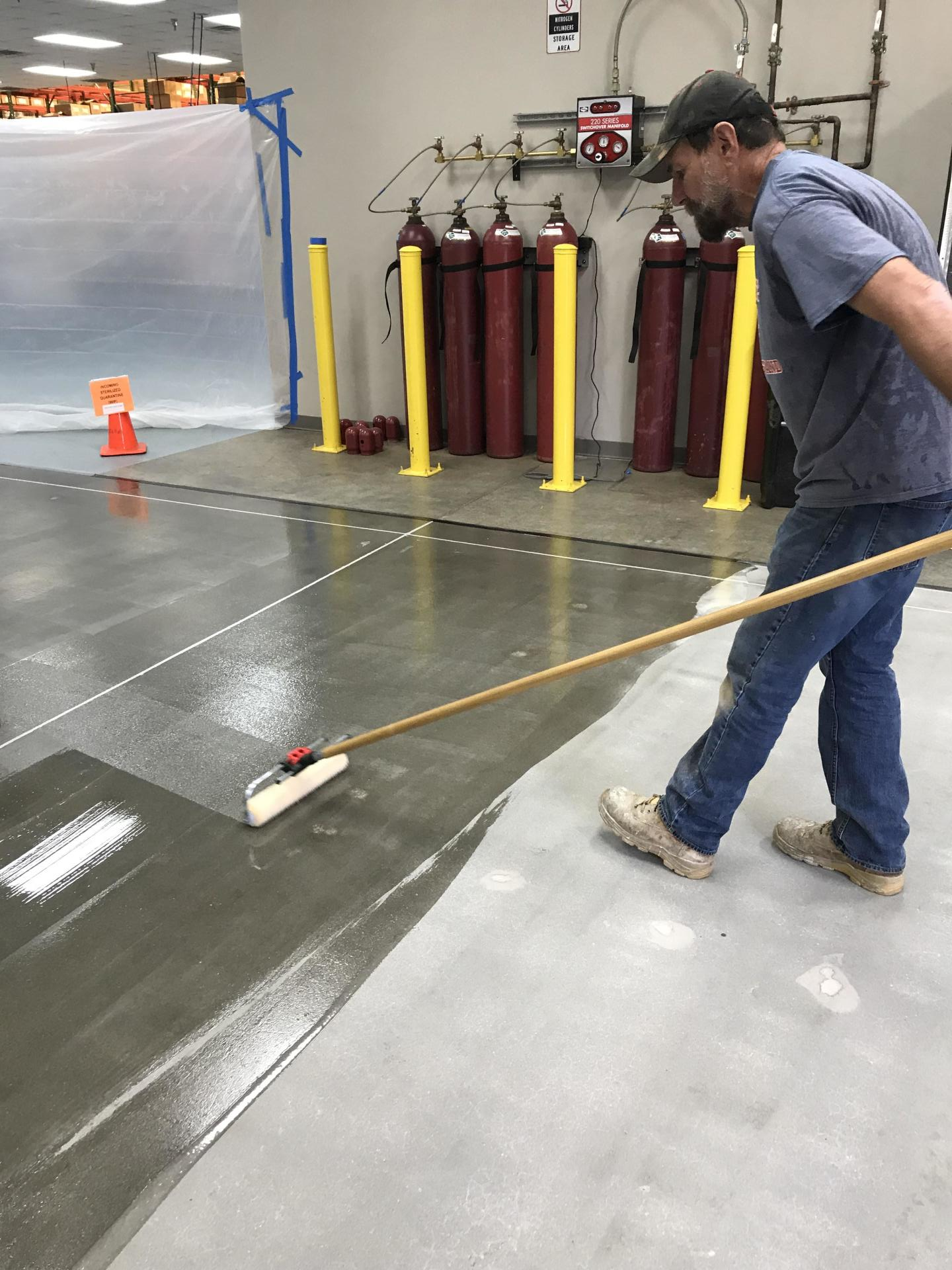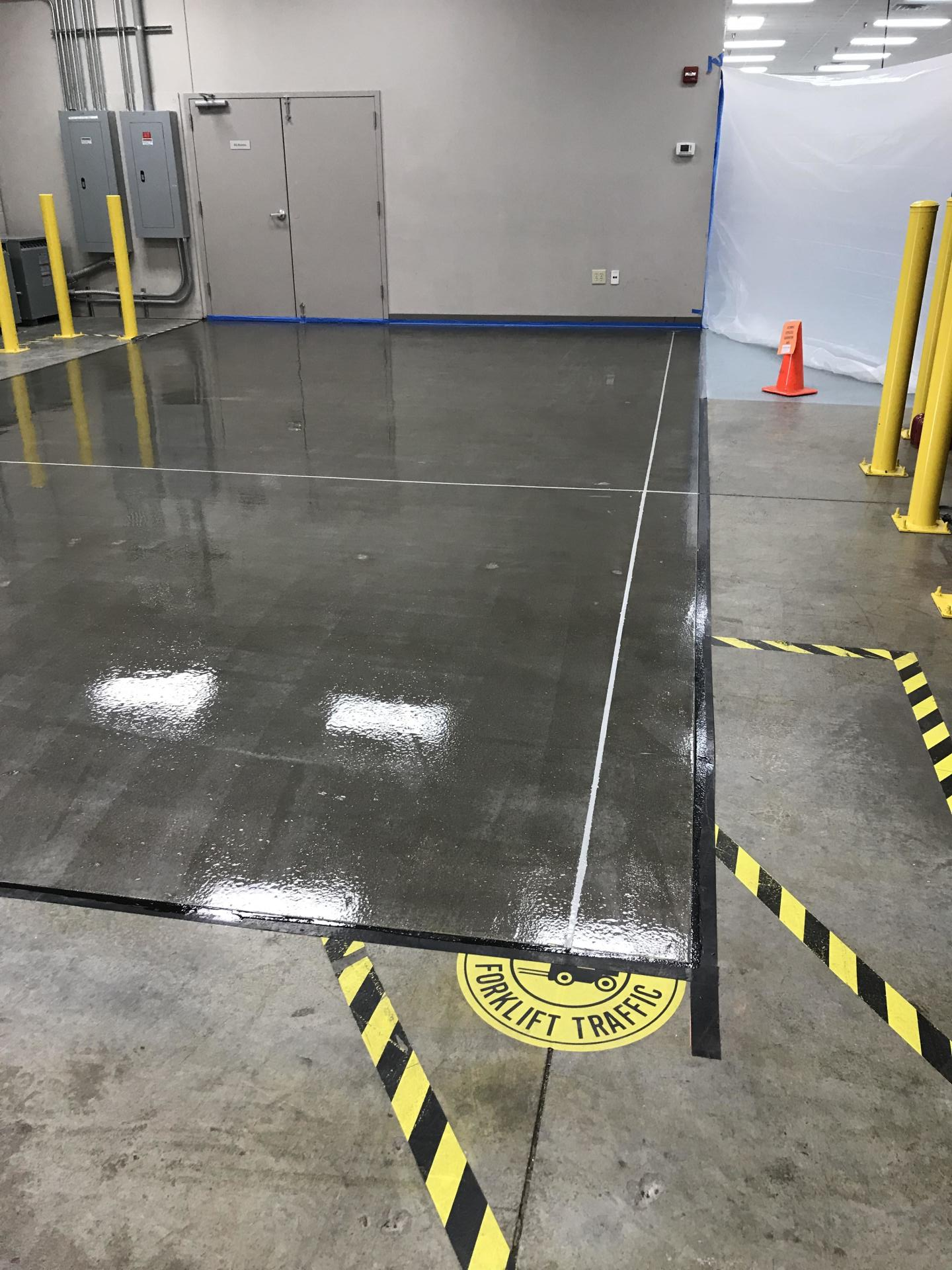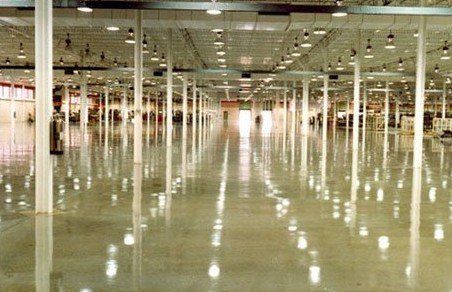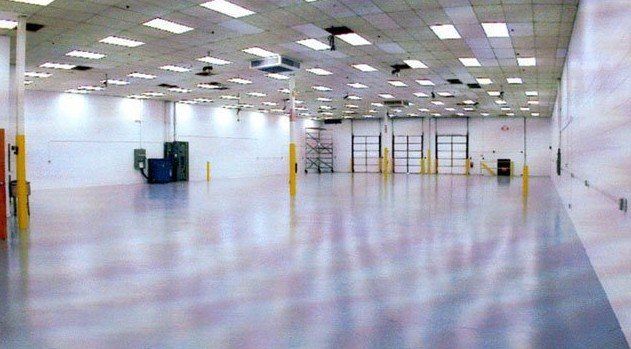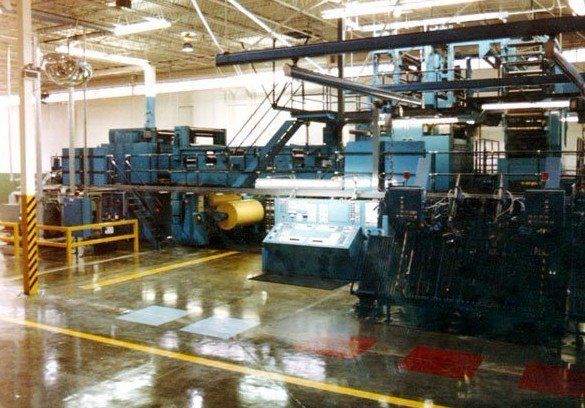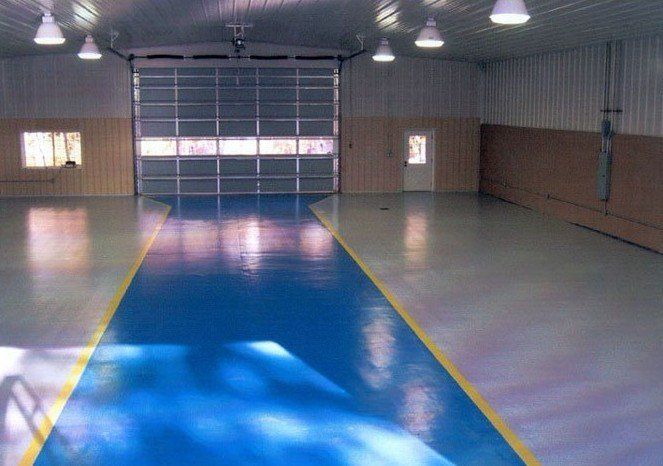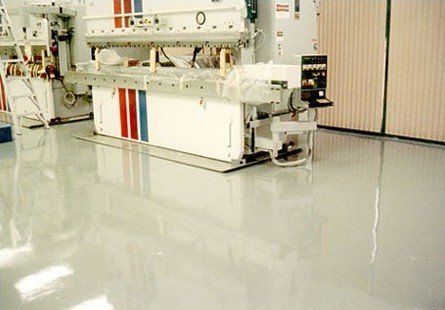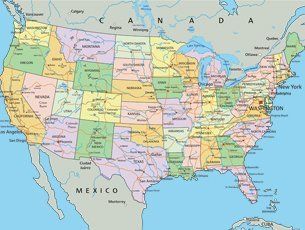Supporting copy for the Request Service
call out button.
Outstanding service is our goal
Serving Nationwide and Internationally 770-483-6000
EPOXY AND URETHANE COATINGS
Serving Nationwide and Internationally
770-483-6000
Serving Nationwide and Internationally
Call Us Today
Epoxy and Urethane Floor Coatings
At Southeast Sealing, Inc., we are highly experienced at installing a wide variety of epoxy and urethane coating systems. We install products from all leading manufacturers. These systems:
• Reduce cleaning and maintenance costs
• Provide resistance to acids and other harsh chemicals
• Protect concrete floors from abrasion
• Brighten and improve the appearance of facilities
These coatings are ideal for manufacturing facilities, warehouses, battery charging stations, aircraft hangars, and automotive repair shops.
EPOXY FLOOR COATINGS:
Southeast Sealing, Inc. has installed epoxy floors in all fifty U.S. states. For more than forty years we have been installing a variety of epoxy floor systems in industrial, commercial, and retail establishments. During this time, we have witnessed the creation and improvement of numerous types of epoxy flooring products.
Following is a brief description of some of the most popular types of epoxy floor coatings:
High Build Epoxy Floor Coatings
High build epoxy floor coatings are typically two component products. They are usually very high in solids content and are often characterized as consisting of 100% solids. High build epoxies are ideal for providing impact resistant floors in harsh industrial environments.
High build epoxies are usually installed as a flooring system with a dry film thickness greater than 20 mils. Therefore, they are well suited for covering the track marks resulting from slabs that have been prepared by shotblasting. These floors tend to have a gloss finish.
Most high build epoxy floors are not “breathable” and therefore must be installed on well cured slabs with properly functioning vapor barriers. In instances when a vapor barrier is not present or if the slab has not sufficiently cured a special moisture tolerant/remediation process may be required.
High build coatings are excellent coating systems for laboratories, food preparation areas, and secondary containment. The material is ideal for constructing integral cove bases and creating seamless sanitary floors that are easy to clean.
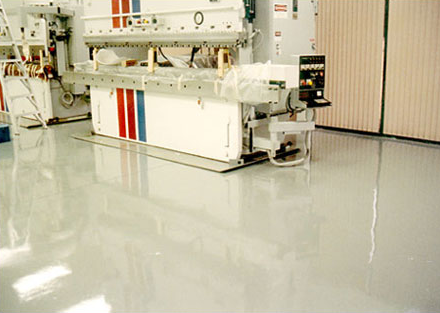
Novalac Epoxies
Novalac epoxies are two component high solids coatings. They provide an exceptionally high degree of chemical resistance. Novalac epoxies resist splash and spills of acids, solvents, and other harsh chemicals.
Consequently, we frequently install Novalac epoxies in forklift battery charging stations where acid spills are likely to occur. They protect the concrete floor from damage that may result from acid splash and spills. Also, they help prevent chemical contamination of the soil under the slab.
Additionally, Novalac epoxies are often installed in secondary containment structures to protect against potentially dangerous chemical spills. In addition to the floor, Novalac can be applied on the cove base, walls, equipment pads, and chemical trenches to create a seamless “bathtub effect”.
Most novalacs have a gloss finish. Aggregate can be added to the Novalac floor system to improve traction and reduce the risk of slip and falls. The addition of aggregate will reduce gloss.
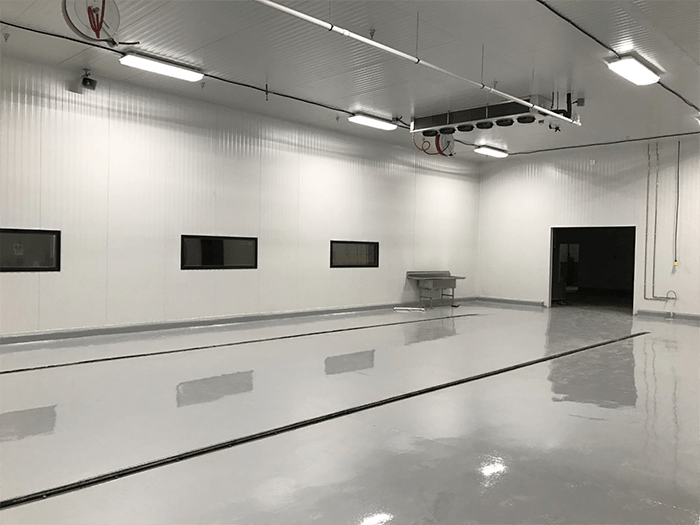
Polyamide Epoxy Floor Coating
Polyamide epoxies are two component epoxies with a polyamide resin utilized as the curing agent. Consequently, these coatings emit a very strong odor while curing. They are flexible relative to many other epoxies.
Polyamide epoxies are water resistant and have good weathering characteristics. This, in conjunction with their inherent flexibility makes them ideally suited for outdoor use on bridges, off shore structures, secondary containment, and water immersion.
Polyamide coatings are self priming and are usually applied as a two coat system. When the first coat is reduced with a solvent they penetrate deep within the pores of concrete and form a tenacious bond. They are generally thin mil floor systems with two coats yielding a dry film thickness varying between four and six mils.
Concrete must be well cured and thoroughly dry before the application of polyamide coatings or disbondment will likely occur. Consequently, they are not well suited for fast track construction. If water is used on the slab during preparation, the concrete should usually be allowed to dry two to three days before applying the polyamide coating.
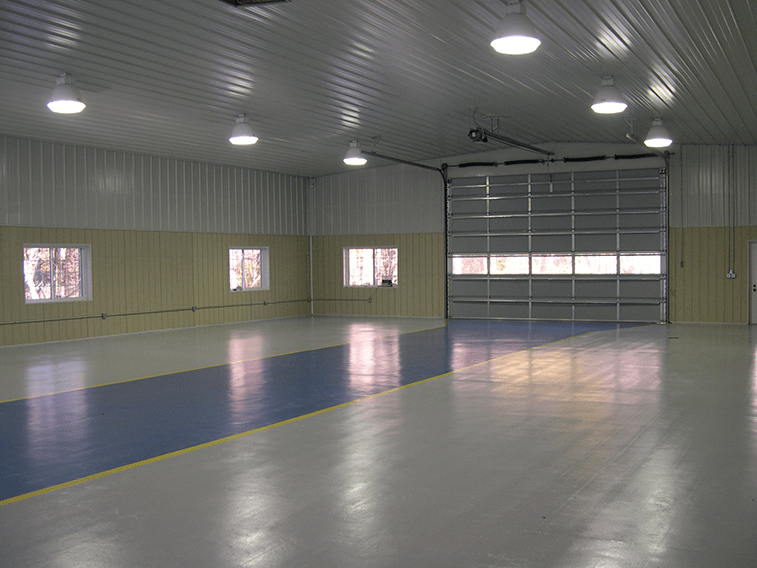
Water Based Epoxy Floor Coatings
Water based epoxy coatings have improved dramatically over the years. Many now exhibit excellent chemical resistance and abrasion resistance. Initially they were most often used as primer coats for urethane floor systems. However, today they are often applied as self priming standalone floor coating systems.
Many water based epoxy coatings have a high tolerance for moisture. This is important with fast track construction because many of these coatings can be applied over new or “green” concrete that has cured very little. Also, many of these water based epoxy coatings are permeable. Because they allow moisture to pass through, they can sometimes be applied on slabs that lack a vapor barrier or on slabs where the vapor barrier is not functioning properly.
Water based epoxies have a low volatile organic content and are low odor relative to solvent based epoxies. Water based epoxies are considered to be thin mil coatings, with a typical two coat system resulting in four to six mils dry film thickness. Water based epoxies usually have a satin gloss finish. Most transparent versions are not water clear and are adversely affected by ultra violet light. Consequently, the clear products usually are not recommended as a top coat over pigmented high build epoxy floors.
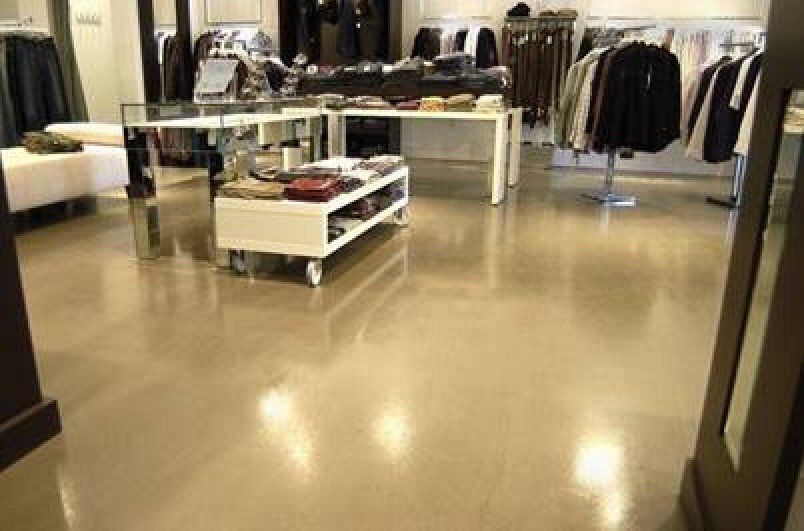
Epoxy Esters
Epoxy esters are composed of a combination of epoxy resin and alkyd resin. They are one component products and are “air-drying” as opposed to chemical curing. Consequently, they do not perform well compared to other “true” two component epoxies.
We do not recommend epoxy esters for most concrete floor solutions. However, they often perform well as a finish on machinery. Nonetheless, they are usually not the ideal solution for flooring applications.
Epoxy esters require minimal surface preparation. The product is relatively low in cost. Epoxy esters do not require extensive mixing and are easy to apply. Consequently, many end users are disappointed with the results when simply specifying “epoxy” and receiving an epoxy ester floor coating.
In Conclusion,
Southeast Sealing, Inc. has worked with most major epoxy suppliers for many years. We value our relationship with our epoxy vendors and consider them important partners helping us to deliver outstanding service to our customers. We work closely with our customers to learn their flooring needs and recommend the best product from a wide variety of suppliers best suited to their situation.
We welcome the opportunity to learn your floor coating needs, provide decision guidance, and earn your business.
Call us today for a FREE quote.
770-483-6000
"The floor was cleaned with a finesse we have never seen before, and the material was laid with care. It appears that the end product has produced a surface that will help prevent, if not eliminate, slips and falls of our valued employees."
Dante Stephensen, President-Chairman Dante’s Down the Hatch
Our Facebook Feed
Contact Us
Southeast Sealing, Inc.
1222 N Main St. NW
Conyers, Georgia 30012
Tel:
770-483-6000
Conyers, Georgia 30012
Email: info@southeastsealing.com
Privacy Policy
| Do Not Share My Information
| Conditions of Use
| Notice and Take Down Policy
| Website Accessibility Policy
© 2024
The content on this website is owned by us and our licensors. Do not copy any content (including images) without our consent.
